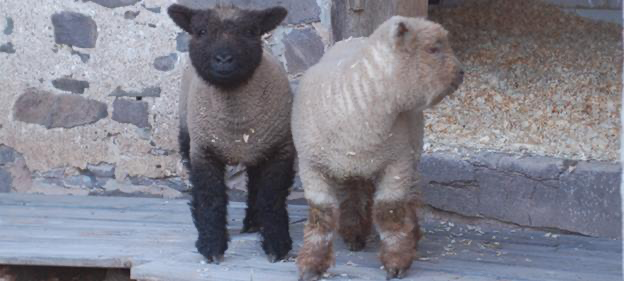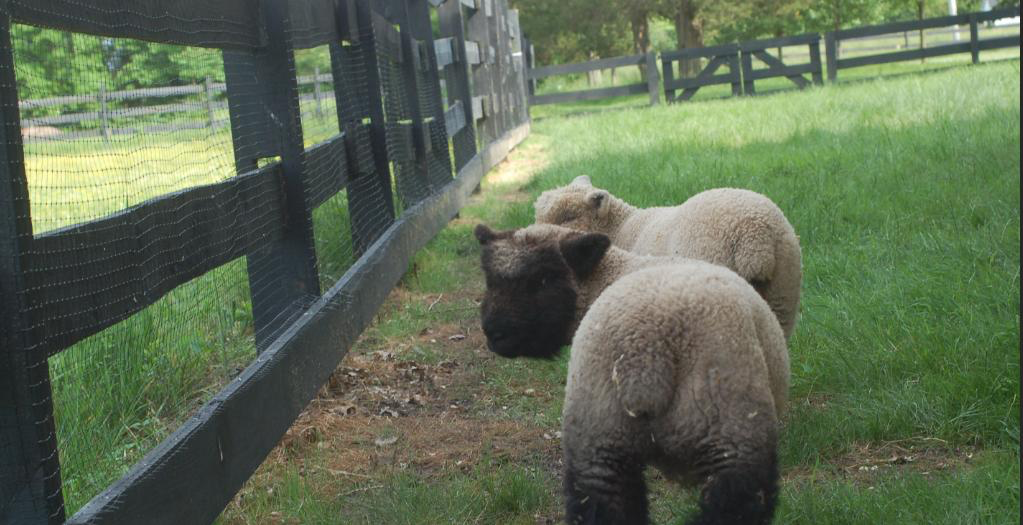 Fig. 1. Cosmos and Iris as lambs.
End of an Era
Fig. 1. Cosmos and Iris as lambs.
End of an Era
James Hansen 22 May 2025
Cosmos and Iris were cute lambs a decade ago (Fig. 1). But, a few weeks ago, Cosmos, the black sheep, was seriously dragging, apparently from arthritis, as we struggled to load him and his inseparable companion, Iris, into a truck. Cosmos and Iris were part of our life in Bucks County, Pennsylvania, when our grandchildren visited, with a sign reading “Oma’s Place” on the front door of our stone house.
Bucks County is a great place to observe nature. The bat house we put high on our three-story, stone, bank-barn has a healthy population, likely the reason that we never have a mosquito problem. However, changes are noticeable. A decade ago, we celebrated when our milkweeds hosted
Monarch butterfly¹ eggs; ravenous larvae devoured the leaves and became hard-to-find cocoons, eventually producing the next generation of butterflies to continue their migration to Mexico. But for the last several years, even though we have seen a monarch or two during the course of the summer, the milkweeds have been barren, eventually drying up. That’s not the only change. The evening firefly display has diminished in intensity over the past 20 years. The number of colorful birds has also declined. In our early years here, two of our three bluebird houses were occupied by bluebirds, but, for the last two years, sparrows have occupied all three, even though I dutifully cleaned the houses twice a year and replaced one with a new bluebird house last year. Even
Jeremiah, the frog’s² survival required a little help. Of course, all of these observations are too local and limited for statistical significance.
Global climate is a different story. Remarkable new data has advanced and refined understanding of global climate sensitivity and the path that humanity is on with current climate policies.
We must do a better job of communicating the climate story, given current attempts to
kill the message.³ Reality of climate change is becoming obvious to most people and there are a huge number of capable scientists supporting the Intergovernmental Panel on Climate Change (IPCC), which advises the United Nations. IPCC reports contain a great amount of useful information. The problem, as I see it and will describe in detail, is that the process of communicating the climate situation with the public is hindered by the combination of (1) an undue role of something described as “scientific reticence,” and (2) a small clique of self-appointed spokesmen for the climate research community,⁴ whom the media has chosen to give voice to as if they had unquestioned, superior, expertise.
 Fig. 2. A bit later: how do you like my derriere?
Fig. 2. A bit later: how do you like my derriere?
…

